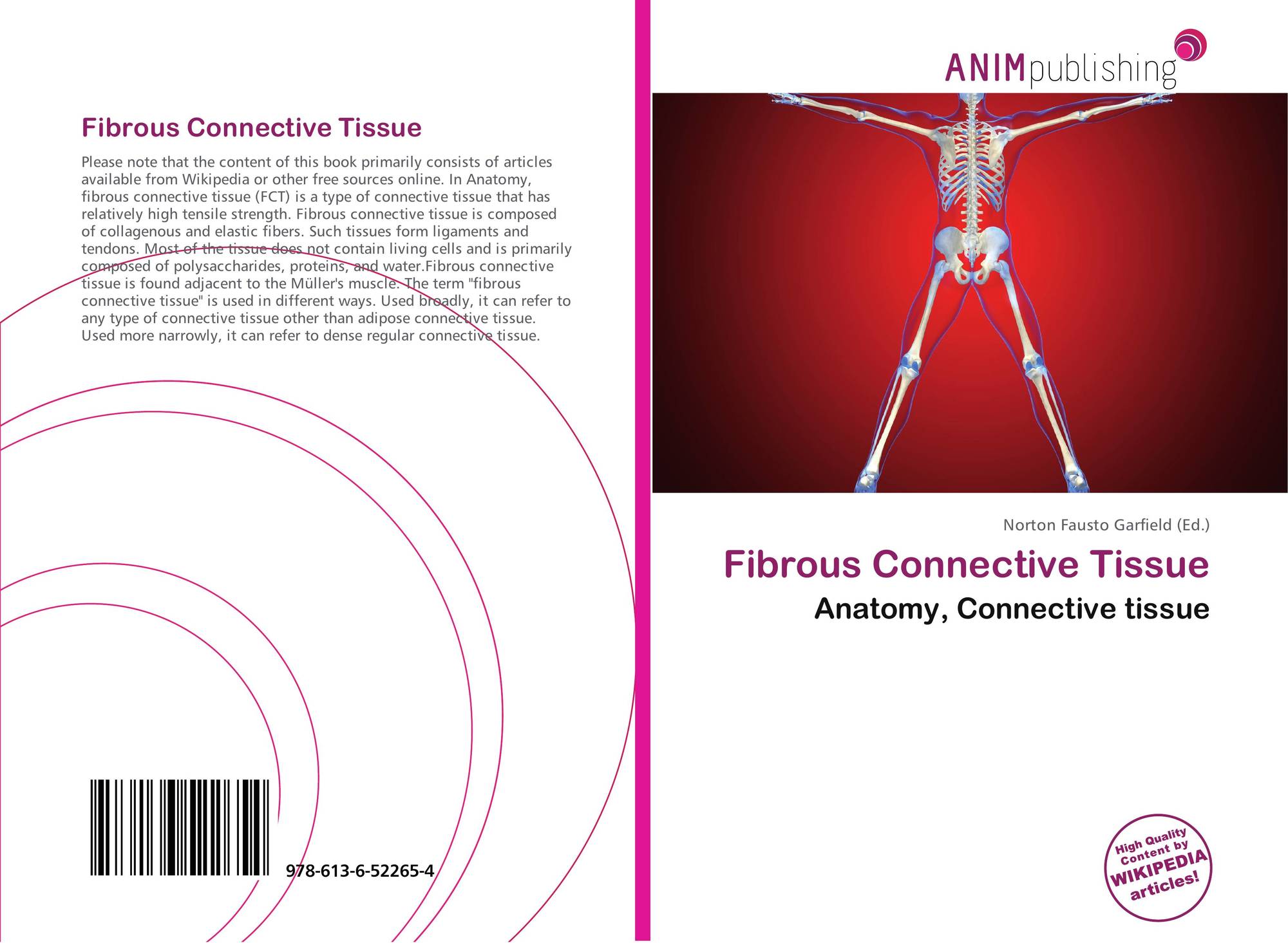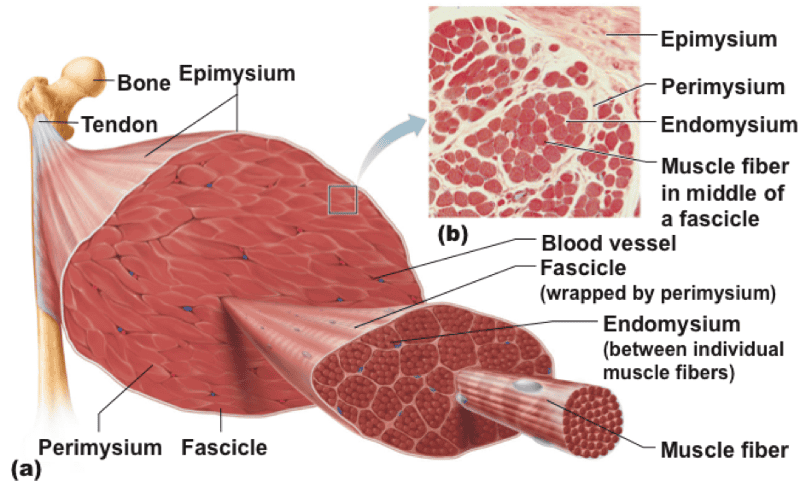

During birth, the fontanelles provide flexibility to the skull, allowing the bones to push closer together or to overlap slightly, thus aiding movement of the infant’s head through the birth canal.

These broad areas of connective tissue are called fontanelles ( Figure 9.6). In newborns and infants, the areas of connective tissue between the bones are much wider, especially in those areas on the top and sides of the skull that will become the sagittal, coronal, squamous, and lambdoid sutures. (See Figure 9.5 a.) Thus, skull sutures are functionally classified as a synarthrosis, although some sutures may allow for slight movements between the cranial bones. The suture is frequently convoluted, forming a tight union that prevents most movement between the bones.

In adults, the skull bones are closely opposed and fibrous connective tissue fills the narrow gap between the bones. The fibrous connective tissue found at a suture (“to bind or sew”) strongly unites the adjacent skull bones and thus helps to protect the brain and form the face. SutureĪll the bones of the skull, except for the mandible, are joined to each other by a fibrous joint called a suture. (c) A gomphosis is a specialized fibrous joint that anchors a tooth to its socket in the jaw. (b) An interosseous membrane forms a syndesmosis between the radius and ulna bones of the forearm. (a) Sutures join most bones of the skull. Lastly, a gomphosis is the narrow fibrous joint between the roots of a tooth and the bony socket in the jaw into which the tooth fits.įigure 9.5 Fibrous Joints Fibrous joints form strong connections between bones. This type of fibrous joint is found between the shaft regions of the long bones in the forearm and in the leg. At a syndesmosis joint, the bones are more widely separated but are held together by a narrow band of fibrous connective tissue called a ligament or a wide sheet of connective tissue called an interosseous membrane. A suture is the narrow fibrous joint found between most bones of the skull. The gap between the bones may be narrow or wide.

Describe the structural features of fibrous joints.By the end of this section, you will be able to:


 0 kommentar(er)
0 kommentar(er)
